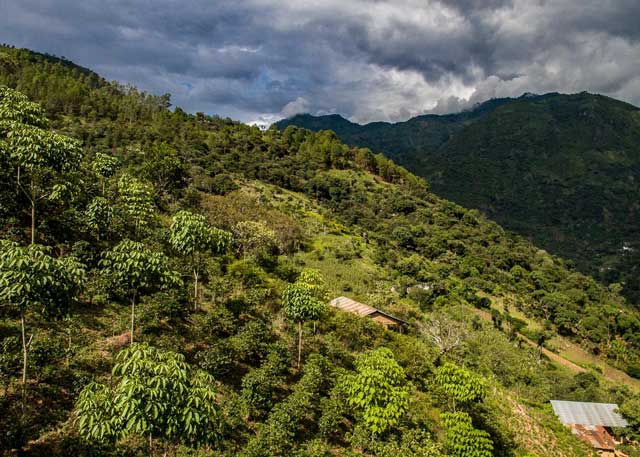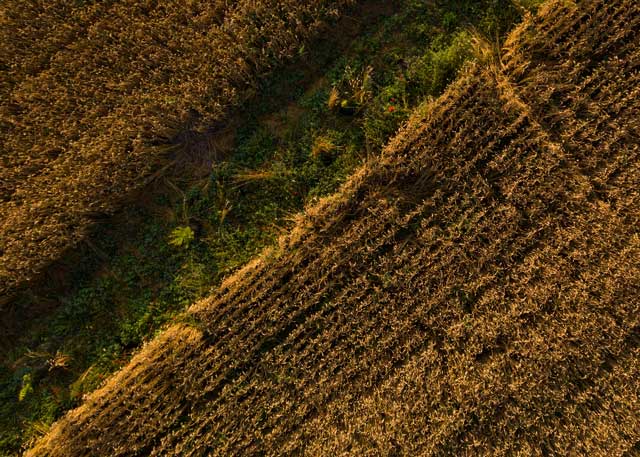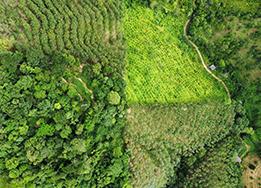Agroforestry is essential for securing our future supply of coffee, increasing the resilience of crops to major threats from climate change. But how can we demonstrate its climate impact and motivate companies to invest in agroforestry?
To achieve material outcomes from agroforestry, it’s necessary to have an evidence-based approach for determining project outputs. This means implementing extensive operations for monitoring, reporting, and verification (MRV) throughout the project — drawing on environmental science, in-field data, and local knowledge to measure and certify impact.
“We carefully count each tree and assess its health, whether it requires assistance or has adhered to the established model,” explains Mauren Rodríguez, our Senior Project Officer in Guatemala. “A key purpose of monitoring is providing the producer with evidence-based advice to enhance tree survival.”
PUR’s robust MRV strategy amplifies the potential of nature-based solutions and ecosystem restoration projects, enabling companies to achieve accurate climate targets.



